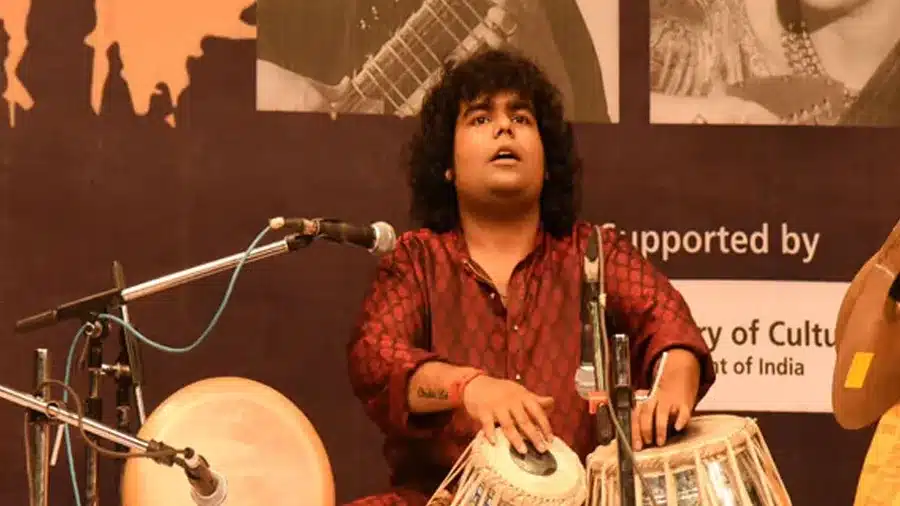When you say the words “classical music“, the first thought that comes to mind is elevator music or the white noise in the background of a fancy restaurant. Classical music is much more than music for the snotty and elite. It holds a vast collection of styles from around the world, such as Western and Indian. Western Classical music is the first one that pops into your head due to well-known figures such as Bach and Mozart. Yet, Indian Classical music has just as much history as its Western counterpart. Looking at both styles’ differences will show the versatility of Classical music.
1. Melody and Harmony

Indian focuses on melody with a given sequence template called a raga, and a complex beat cycle called Taal. With this given framework, most Indian classical recitals are solo performances. Western classical music centers around harmony, a composition of multiple themes and sequences played together. It takes a group effort by all the musicians to bring the harmony to life.
2. Written Composition vs Improvisation
Western classical music uses the written staff notation layout. This enables other musicians to perform the music in the exact way over time. Indian is more fluid for improvising because the ragas are taught as an oral tradition. Music teachers give the students the raga and let them fashion it into whatever way they can think of. The raga stays the same for generations, and it wears a new tailored suit.
3. Instruments and Vocals
Synchronizing all the different sequences in Western music is the goal of creating a harmony. With that, instruments hold the composition and carry the performance with or without vocals. While they create the moods for Western Classical music, Indian classical music uses vocals to explore an emotion on a deep scale. Vocals take the center stage as they explore the emotion of the melody with the support of the instruments.
4. Pitch
When writing and playing Western classical music, semitones are mixed into the works. Semitones are the tones halfway between two whole notes. There are a variety of tones smaller than semitones, called microtones, that appear here and there but not in many works. Indian, on the other hand, has a treasure trove of microtones in its music called Shrutis.
5. Inspirations
Ragas are examples of Indian Classical music’s strong connection to nature and spirituality. In a Serenade article by Mahendra Palsule, he points out that ragas are formed around “specific times of day or seasons of the year.” Both styles have connections to history, but Western takes a different perspective. Western classical music pulls its inspiration from more worldly moments related to the human experience. These can range from a personal event to an experience as a society.
Both Western and Indian music hold so many more traits, it’s mind-blowing! Not everyone likes tea or coffee, but it’s okay to prefer one over the other. The only way to find out which one is up to your taste is to give it a try. Take a listen and let the music envelope you in the wonders of their leagues.








